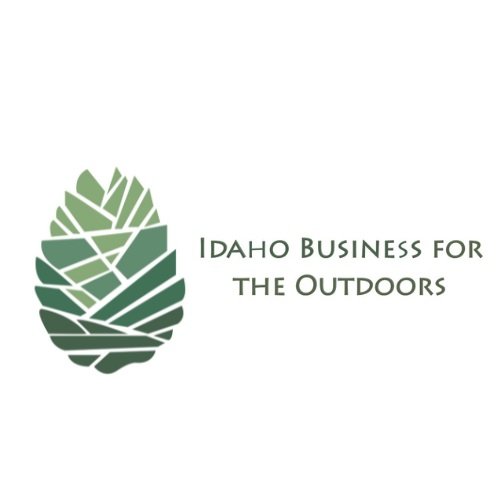OUTDOOR ACCESS AS A SOCIAL DETERMINANT OF HEALTH
Access to the outdoors is starting to be recognized as a social determinant of health across the nation. When we think of social determinants of health a majority think of food, affordable housing, access to healthcare, jobs or a living wage. However, growing bodies of research suggest access to the outdoors has population health benefits that can't be ignored.
Idaho Business for the Outdoors has pooled together 21 peer-reviewed studies that show access to the outdoors and nature is a powerful social determinant of health. The studies review the impact of being in a natural environment, exercising in a natural environment, having a view of green space and infrastructure greenness on a person's health. In combination, these studies which include male and female children, children with mental disabilities, teenagers, adults, elders, racial minorities, and low-income communities, provide evidence that time spent in nature connects to increased emotional well-being and enhanced mental health.
One study, published this year by University of Illinois at Urbana-Champaign, finds that Medicare costs tend to be lower in counties with more forests and shrublands than in counties dominated by other types of land cover. The analysis included county-level health and environmental data from 3,086 of the 3,103 counties in the continental U.S., and revealed that each 1 percent of a county's land that was covered in forest was associated with an average Medicare expenditure savings of $4.32 per person per year. Multiplied by the number of Medicare fee-for-service users in a county and by the average forest cover and by the number of counties in the U.S., this amounts to about $6 billion in reduced Medicare spending every year nationally. Adding the effects of shrublands increases the estimated savings to $9 billion annually. Researchers behind the study claim the relationship persists even when accounting for economic, geographic or other factors that might independently influence health care costs (Becker et al., 2019).
Other similar studies have found access to the outdoors as an important, yet overlooked, social determinant of health and well-being. With about 34 million acres of public lands, Idaho has a clear, important and valuable health asset worth protecting, and we are well positioned to capitalize on this movement. While corporate wellness plans and exercise prescriptions are failing, the Outdoor prescription is building traction. By working to preserve our outdoors and public lands, we are not only good stewards of the land, but defenders of public health.
As the second most active state in the nation, let's make the business case for our amazing outdoor access in Idaho as a positive social determinant of health that should be promoted and safeguarded.
To view the 21 peer-reviewed studies compiled by IBO, click here.
For more information on the impacts of air quality on health, click here to visit the World Health Organization.
